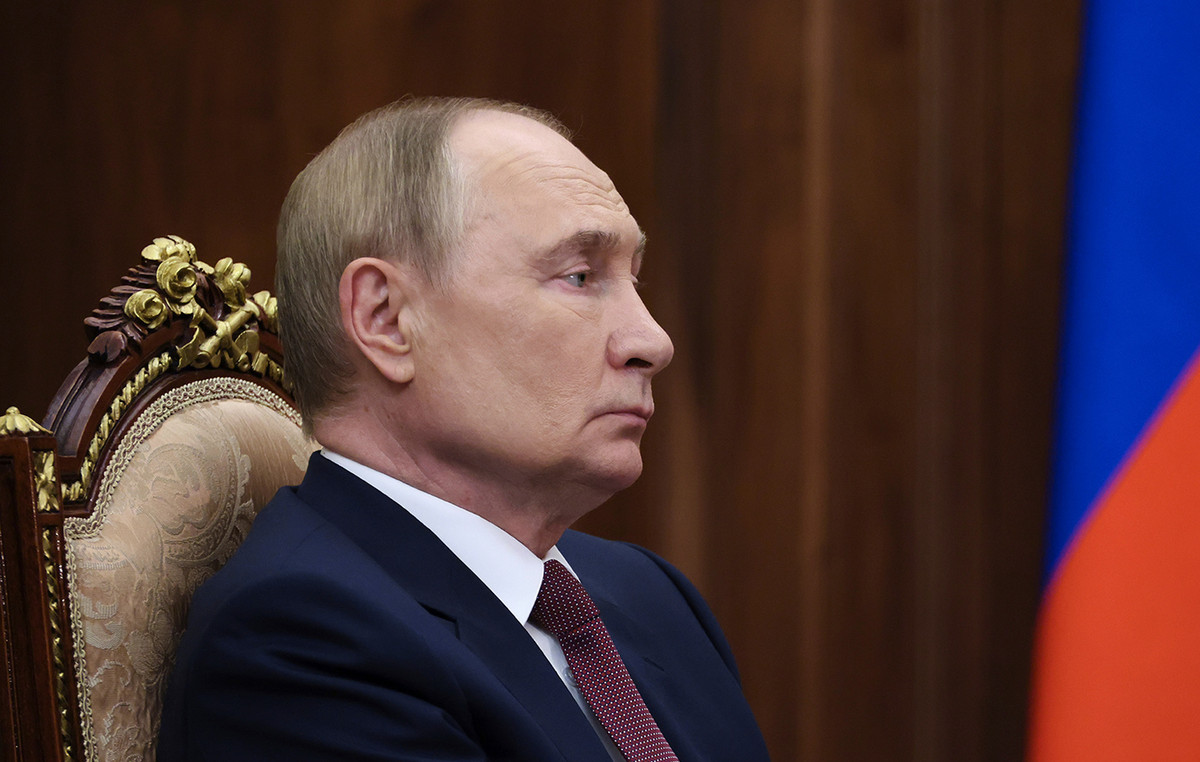- Minutes from the Fed’s December 17-18 monetary policy meeting will be released on Wednesday.
- Details of the discussions surrounding the decision to cut interest rates by 25 basis points will be scrutinized by investors.
- The release could influence the market’s assessment of the outlook for Fed policy and the valuation of the US dollar.
The minutes of the United States (US) Federal Reserve (Fed) monetary policy meeting on December 17-18 will be published on Wednesday at 19:00 GMT. Monetary policymakers lowered the rate by 25 basis points (bps) to the 4.25%-4.5% range at the last monetary policy meeting in 2024. However, the revised Summary of Economic Projections (SEP), also known as the dot plot, highlighted a cautious stance on further policy easing in the future.
Jerome Powell and company decided to cut rates after December meeting
The Federal Open Market Committee (FOMC) voted 11 to 1 in favor of a 25 bps rate cut, with Cleveland Fed President Beth Hammack preferring to leave the policy rate unchanged. The Fed has refrained from making significant changes to its policy statement since the November meeting, reiterating that it will evaluate incoming data, evolving outlooks and the balance of risks when considering the magnitude and timing of additional rate adjustments.
“Based on my estimate that monetary policy is not far from a neutral stance, I prefer to keep policy steady until we see more evidence that inflation is getting back on track toward our 2% target,” Hammack said in explaining his decision. to dissent.
Meanwhile, the revised SEP showed that most policymakers forecast two additional 25 bps rate cuts in 2025, up from four in September’s dot chart. At the press conference after the meeting, Fed Chair Jerome Powell signaled that they may be more cautious in cutting rates in the future and explained that a slower pace of cuts reflected expectations of higher inflation.
Speaking about the policy outlook over the weekend, Fed Governor Adriana Kugler said her work to control inflation is not over yet, while San Francisco Fed President Mary Daly noted that inflation remains “uncomfortably” above the Fed’s target.
economic indicator
FOMC minutes
The Federal Open Market Committee (FOMC) holds eight meetings a year and reviews financial and economic conditions to determine the appropriate stance on monetary policy. It also assesses existing risks to the objectives of long-term price stability and sustainable economic growth. The FOMC minutes are published by Board of Governors of the Federal Reserve System and is a clear guide to interest rate policy in the United States. A change in this report affects the volatility of the dollar. If the minutes show a firm outlook, this will be considered bullish for the dollar.
Next post:
Wed Jan 08, 2025 19:00
Frequency:
Irregular
Dear:
–
Previous:
–
Fountain:
Federal Reserve
Federal Open Market Committee (FOMC) Minutes are typically released three weeks after policy decision day. Investors are looking for clues about the policy outlook in this release along with the split vote. A bullish tone is likely to provide a boost to the dollar, while a dovish stance is considered negative for the USD. It should be noted that market reaction to the FOMC Minutes could be delayed as the media does not have access to the publication prior to release, unlike the FOMC Policy Statement.
When will the FOMC minutes be released and how could they affect the US dollar?
The FOMC will release minutes of the December 17-18 monetary policy meeting at 19:00 GMT on Wednesday. Investors will scrutinize discussions around the policy outlook.
Should the release show that policymakers considered keeping the policy rate unchanged but voted for a cut anticipating a slowdown in policy easing in 2025, the immediate reaction could support the USD. On the other hand, the USD could come under pressure if the document suggests that monetary policymakers are willing to continue with rate cuts once they are convinced that President-elect Donald Trump’s policies, especially regarding Import tariffs will not fuel inflation.
According to CME’s FedWatch tool, markets are currently pricing in the likelihood that the Fed will leave the policy rate unchanged at the January meeting at nearly 90%. This market positioning suggests that the USD does not have much room to the upside. Additionally, investors could refrain from taking large positions based on the FOMC minutes and opt to wait until Friday’s December jobs report, which could make the market reaction short-lived.
Eren Sengezer, Lead Analyst for the European session at FXStreet, shares a brief outlook for the USD Index:
“The Relative Strength Index (RSI) indicator on the daily chart fell below 60 on Monday, reflecting a loss of bullish momentum. On the downside, the 23.6% Fibonacci retracement level of the October uptrend- January forms key support for the USD Index at 107.00 ahead of 105.80 (38.2% Fib Retracement) and the 105.80-105.50, where the 38.2% Fibonacci retracement and the 200-day simple moving average are located.”
“Looking north, immediate resistance could be located at 109.30 (uptrend endpoint) ahead of 110.00 (round level, static level) and 110.60 (November 2022 static level).”
US Dollar FAQs
The United States Dollar (USD) is the official currency of the United States of America, and the “de facto” currency of a significant number of other countries where it is in circulation alongside local banknotes. According to 2022 data, it is the most traded currency in the world, with more than 88% of all global currency exchange operations, equivalent to an average of $6.6 trillion in daily transactions. After World War II, the USD took over from the pound sterling as the world’s reserve currency.
The single most important factor influencing the value of the US Dollar is monetary policy, which is determined by the Federal Reserve (Fed). The Fed has two mandates: achieve price stability (control inflation) and promote full employment. Your main tool to achieve these two objectives is to adjust interest rates. When prices rise too quickly and inflation exceeds the 2% target set by the Fed, the Fed raises rates, which favors the price of the dollar. When Inflation falls below 2% or the unemployment rate is too high, the Fed can lower interest rates, which weighs on the Dollar.
In extreme situations, the Federal Reserve can also print more dollars and enact quantitative easing (QE). QE is the process by which the Fed substantially increases the flow of credit into a clogged financial system. This is an unconventional policy measure used when credit has dried up because banks do not lend to each other (for fear of counterparty default). It is a last resort when a simple lowering of interest rates is unlikely to achieve the necessary result. It was the Fed’s weapon of choice to combat the credit crunch that occurred during the Great Financial Crisis of 2008. It involves the Fed printing more dollars and using them to buy US government bonds, primarily from financial institutions. QE usually leads to a weakening of the US Dollar.
Quantitative tightening (QT) is the reverse process by which the Federal Reserve stops purchasing bonds from financial institutions and does not reinvest the principal of maturing portfolio securities in new purchases. It is usually positive for the US dollar.
Source: Fx Street
I am Joshua Winder, a senior-level journalist and editor at World Stock Market. I specialize in covering news related to the stock market and economic trends. With more than 8 years of experience in this field, I have become an expert in financial reporting.







